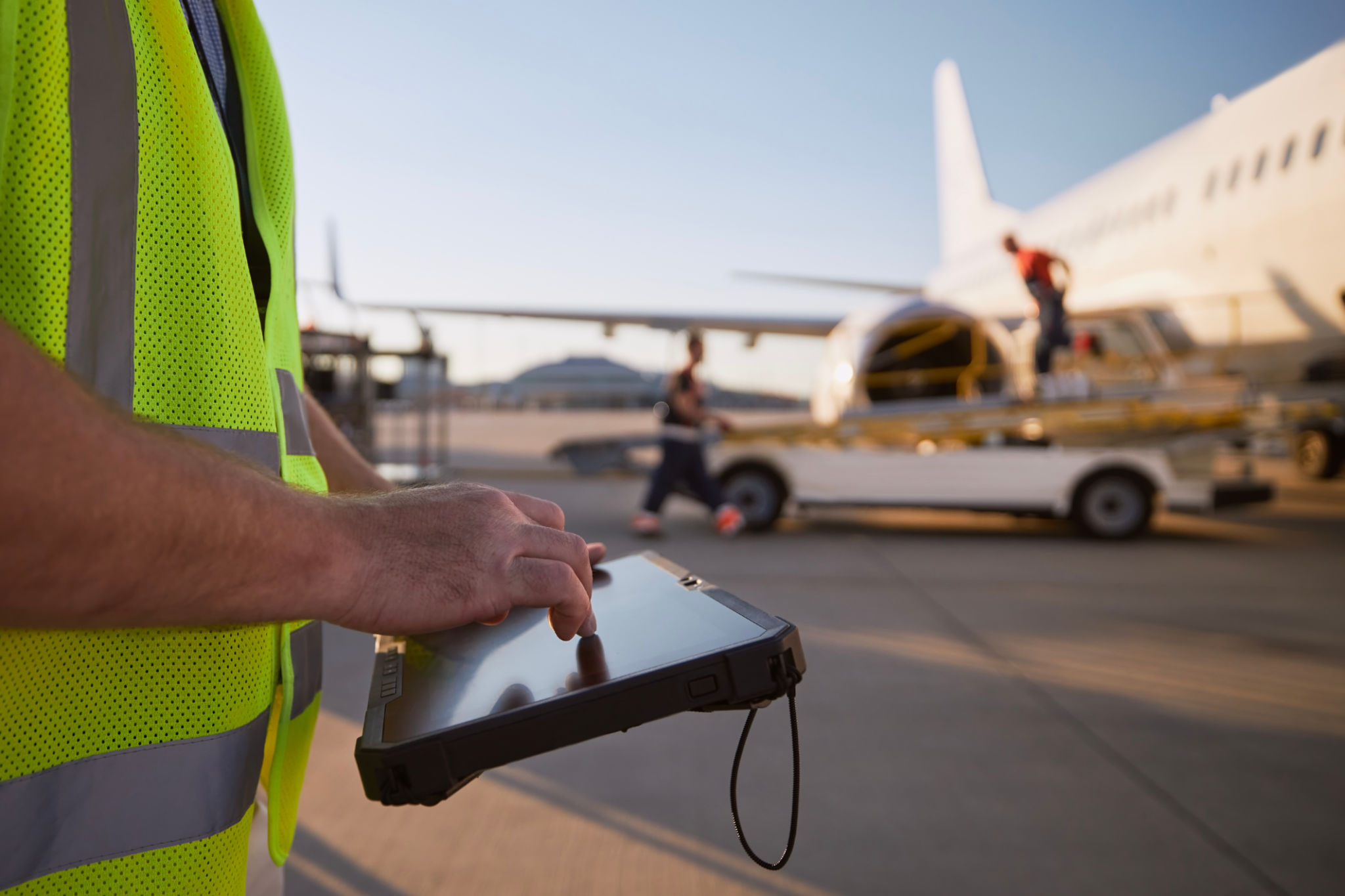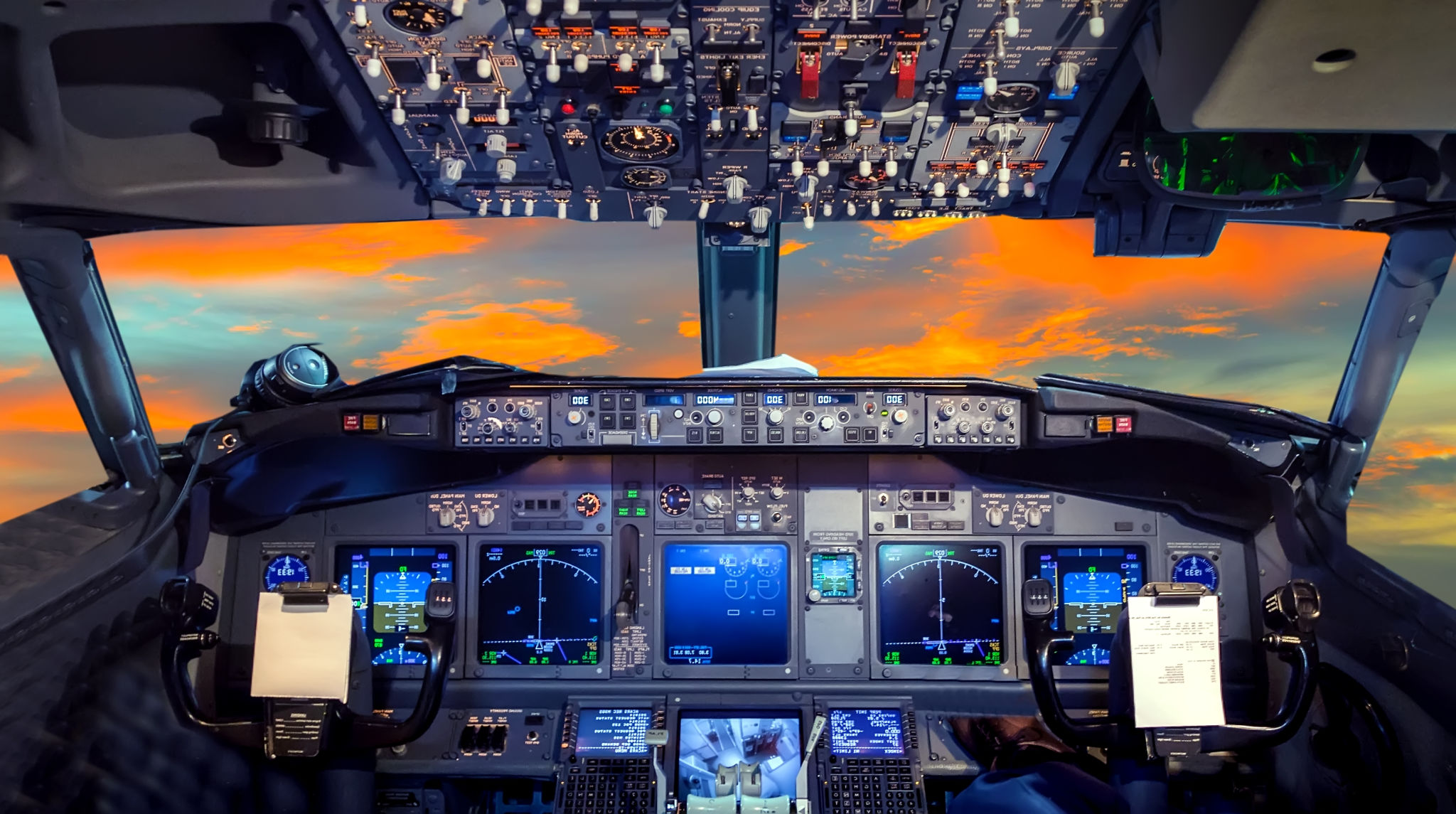Myths vs. Facts: Understanding Aviation Technology Innovations
Understanding Aviation Technology Innovations
Aviation technology has evolved significantly over the years, leading to safer, more efficient, and environmentally friendly air travel. However, with these advancements come a variety of myths that can mislead the public. This blog post aims to debunk some common myths and provide factual insights into the world of aviation technology.

Myth: Aviation Technology Has Reached Its Peak
One prevalent myth is that aviation technology has reached its peak, and there are no more significant advancements to be made. In reality, the aviation industry is continuously evolving. Engineers and researchers are working tirelessly on innovations such as electric and hybrid aircraft, supersonic travel, and even autonomous flight systems. These advancements aim to enhance efficiency, reduce carbon footprints, and improve overall passenger experience.
For example, electric aircraft are being developed to minimize dependence on fossil fuels and reduce emissions. Companies like Airbus and Boeing are investing heavily in this technology, aiming for a future where electric planes become a norm rather than an exception.
Fact: Safety Is Always a Top Priority
Another widespread myth is that technological advancements in aviation might compromise safety. On the contrary, safety is always the top priority in aviation. Every new technology undergoes rigorous testing and certification processes before being implemented. This ensures that any innovation contributes to safer air travel rather than compromising it.

Technological advancements like enhanced navigation systems, improved weather radar, and more robust materials for aircraft construction all contribute to making modern aircraft safer than ever before. These technologies are designed to prevent accidents and ensure passenger safety under all conditions.
Myth: Automation Will Replace Pilots
With the increasing use of automation in aviation, there's a common misconception that pilots will eventually become obsolete. While it's true that modern aircraft rely heavily on automated systems for navigation and control, pilots remain an indispensable part of the equation. Automation is intended to assist pilots by handling routine tasks and allowing them to focus on critical decision-making processes.
Pilots still play a crucial role in managing unexpected situations and ensuring the safety of passengers and crew. The partnership between human expertise and automated systems enhances the overall efficiency and safety of air travel.

Fact: Environmental Concerns Are Driving Innovation
The aviation industry is often criticized for its environmental impact, particularly in terms of carbon emissions. However, the industry is actively working towards reducing its ecological footprint through technological innovation. Developments like sustainable aviation fuels (SAFs), improved aerodynamics, and lightweight materials are helping to make air travel more sustainable.
- Sustainable Aviation Fuels (SAFs): Made from renewable resources, SAFs can significantly reduce carbon emissions compared to traditional jet fuels.
- Improved Aerodynamics: Designing aircraft with better aerodynamics reduces fuel consumption and emissions.
- Lightweight Materials: Using advanced materials reduces the overall weight of aircraft, leading to increased fuel efficiency.
These innovations reflect the industry's commitment to addressing environmental challenges while meeting the growing demand for air travel.
Conclusion
The aviation industry is at the forefront of technological innovation, continually pushing boundaries to create a safer, more efficient, and environmentally conscious future. By separating myths from facts, we can better appreciate the incredible advancements being made and understand how they contribute to a more sustainable and safe aviation landscape.
